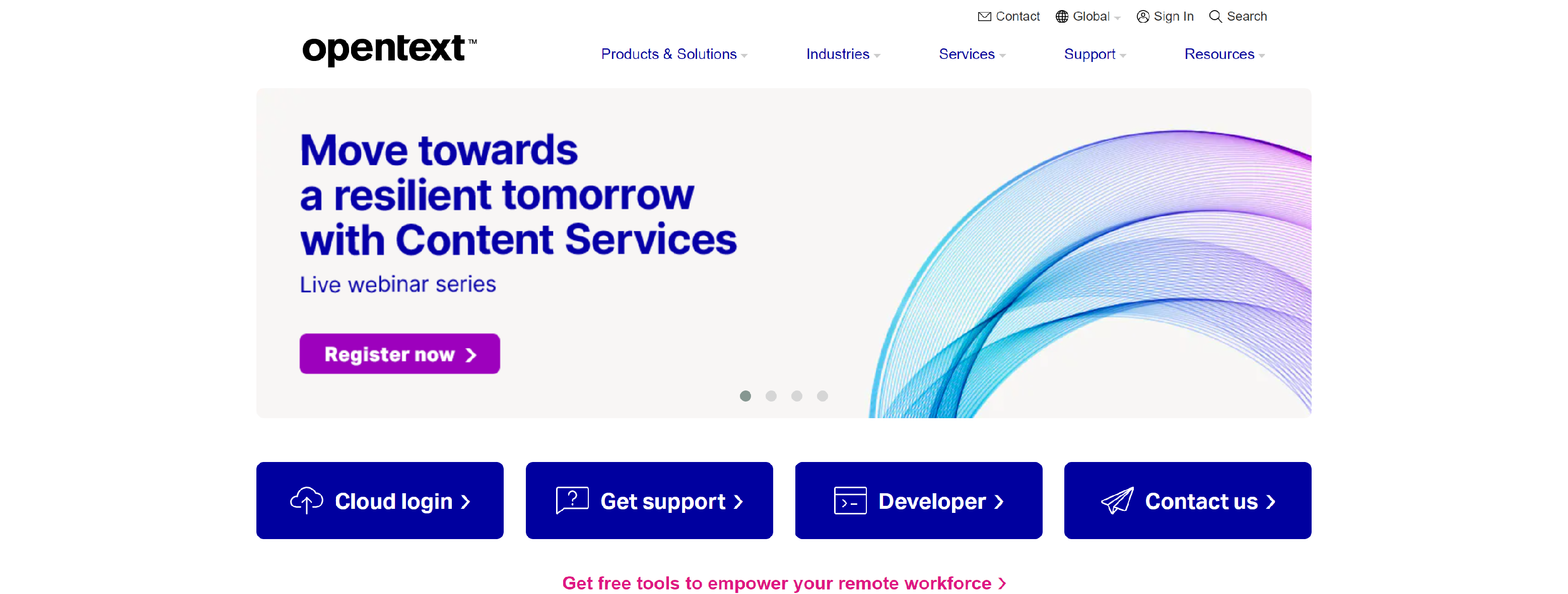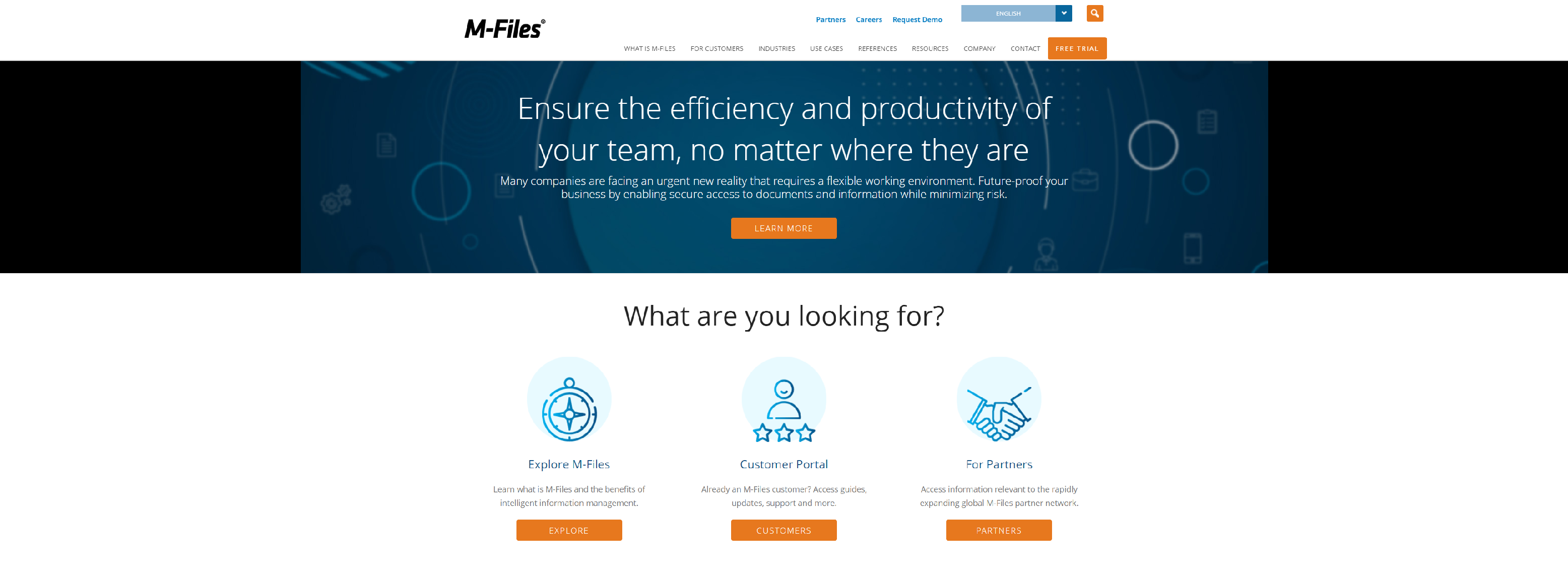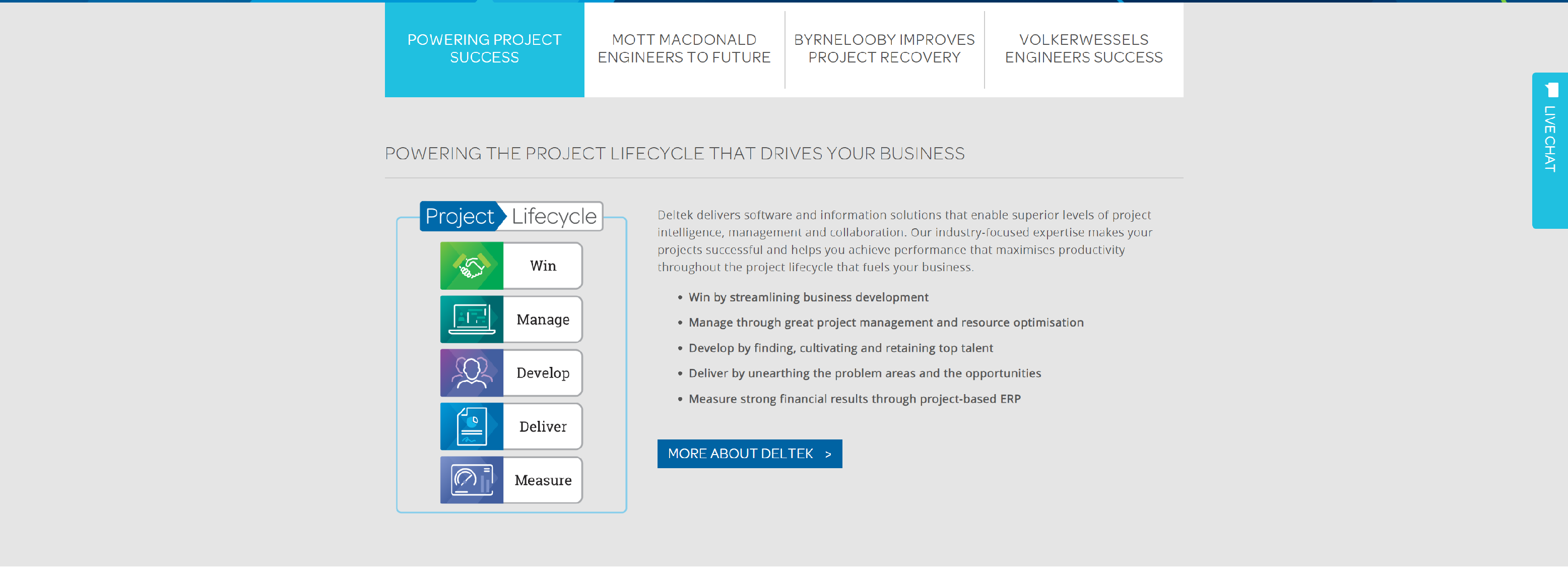Enterprise information management is the process of managing organization assets of information, optimally and efficiently to support the quality, accuracy and timely availability of data for executive and strategic business decision making process.
Data is the most valuable asset of your organization. Data plays the critical part of all business decision. Without accurate and useful data, your decision can take wrong turns. Being able to access timely and accurate data has become daily mantra for every business leaders. During the last decade, we have seen many mergers and acquisition in the market. IT leadership has been repeatedly tested with their proficiency, capacity and efficiency with these M&A as it introduces more fragmentation to an already fragmented (if not), silo and redundant data portfolio, creating more “spaghetti” mess into the technology architecture landscape. Developing an EIM strategy has thus become an integral part of IT and enterprise architecture strategy.
With a long term EIM strategy, your data management or business intelligence can benefit its return on investment as EIM helps to enforce robust data governance, standards, stewardship, roles and accountability across the entire organization. An EIM framework will integrate your master data management, business intelligence, content management and the business workflow (BPM) management processes to build a standardized methodology framework for all your information management, data management, analytics and reporting process. This will allow your organizations ability to seamlessly connect your customer and end users to access and share data easily and more securely. An enterprise information management framework will also help you to develop a customer centric information management solution, helping business to have an integrated, single and comprehensive 360 degree view of customers and their relationships.EIM makes data access and sharing secure among end users based on their roles and responsibilities. It support effective customer relationship management, increase customer satisfaction, enforce legal and regulatory requirements, consolidate and streamline business processes and help access to better and accurate information near or near-real time.
As in any process and architecture standardization effort, establishing EIM across all line of business is a challenging task. EIM concepts and its benefits need to be evangelized, educated and bought in by the business leaders before you can validate its practicality. It is important to build organizational relationship and rapport among sponsors and stake holders. The stake holders must be educated on their roles and responsibilities, and their dependencies among each other for EIM success. It is important to develop Data Governance and Data Management councils and Center of Excellence to enforce data stewardship, ownership and accountability. These councils could guide in setting data governance standards, processes, policies on meta-data management, collecting, generating and storing taxonomy for data custodians and data librarians.
What makes EIM different than your MDM and business intelligence framework? EIM is the super-set of MDM and business intelligence. In fact, EIM can be considered as the guiding umbrella within the entire organizations information and data management processes are based. EIM is made up with many technology components, among them are:
- Integration component, for standard based integration with multiple and heterogeneous applications such as SOA based ESB
- Master Data Management, for data acquisition, data profiling, data transformation, consolidation, matching and merging and keeping reference data
- Business Intelligence, for historical data store and analytical reporting
- Business Process Management, for automated and rule based work-flow management
- Content and Management, for electronic records management, capturing storing and archiving digital information, knowledge mining, multiple formatting, publishing and sharing across applications
- Portal Management, for faster and secure content delivery and access to information
Enterprise Information Management Framework and its reference architecture model helps your organization envision your data management and business intelligence strategies.
OPENTEXT

OpenText Enterprise Information Management (EIM) solutions help empower the biggest brands to drive sustainable growth and productivity.
- Become an Intelligent and Connected Enterprise
- Unlock the value of content
- Ensure compliance
- Choose from flexible deployment options
M-FILES

M-Files Intelligent Information Management helps enterprises find, share, and secure documents and information.
- Enterprise information management that users love
- Save time with easy information management
- M-Files enterprise information management scales with your business
- Easy maintenance brings direct cost savings
- The only true hybrid EIM solution in the market
- Artificial intelligence as a key to enterprise efficiency
- Flexible and safe collaboration
DELTEK

Deltek’s Information Management and Collaboration solutions help you to centralize project and firm-wide files all in one location so you have the information you need to run your business smarter and more profitably. Learn more about our products.
- Project Information Management for AEC
- ConceptShare Proofing for Agencies
- Deltek Collaboration
JMTTG

Progressive, inventive, and zealous, JMT Technology Group is a geospatial and information technology services consultant that solves intricate business challenges through the use of web, desktop and mobile technologies.
- Capture documents in any format – including paper, e-mail, mainframe reports, and e-forms
- Manage content according to the organization’s business rules and gauge the health of processes in real-time
- Store, organize, and track enterprise content so documents are there when you need them
- Deliver documents as soon as they’re needed so processes run fast and costs stay low
- Preserve and protect documents so the organization can meet and maintain compliance with internal and external standards